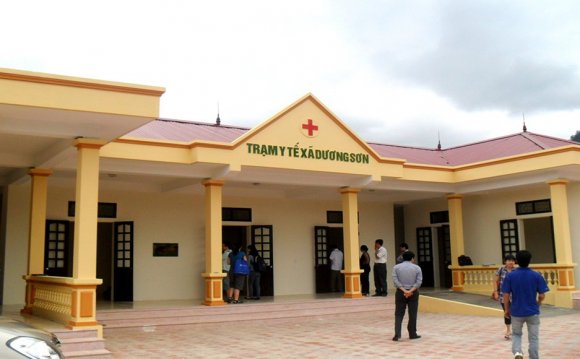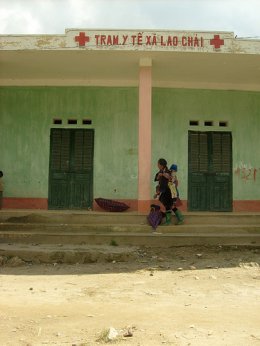
 Reproduced and adapted with permission from Oxford Analytica. Original essay posted in the Oxford Analytica frequent concise on September 27, 2011
Reproduced and adapted with permission from Oxford Analytica. Original essay posted in the Oxford Analytica frequent concise on September 27, 2011
Commercialisation of health services in public places hospitals in Vietnam because the late 1980s features accepted private financial investment in public places services and thereby changed a sizable the main fiscal burden of healthcare from the condition onto people. Against this backdrop, medical sector is dealing with fundamental difficulties when it comes to accessibility, quality and effectiveness.
On arrival of market-oriented financial reform in 1986, Vietnam had excessively minimal economic resources. Nevertheless, the nation published powerful health outcomes. It had a strong community of main care at the commune amount and promoted personal equity and no-cost usage of fundamental health care as a universal right. Following reform, social solutions were rapidly commercialised: the health industry began billing fees and privatised medicine product sales. In 1989, private methods were legalised.
In several respects for some personal groups, healthcare provision in Vietnam is preferable to it had been in 1989. Especially, therapy standards have enhanced. Relating to official data, health indicators on problems such as for instance life expectancy, kid death and incidence of tuberculosis will also be improving.
However, these benefits haven't been provided equally – the key beneficiaries of commercialisation remain affluent personal groups. The share of out-of-pocket repayments overall health financing increased from around 59per cent in 1989 to 80.5percent in 1998. In accordance with official numbers, this dropped to 52% in 2008, though various other sources estimated the amount at above 70per cent. In any case, this implies that along with Bangladesh, China and Asia, Vietnam has actually one of the world’s highest quantities of private wellness financing. Furthermore, this share excludes informal charges, which take into account a significant percentage of hospital costs and constitute an important source of income for community hospital staff.
The national medical insurance plan presently covers around 60per cent of this populace. Today, about 35 million Vietnamese tend to be uninsured as well as high-risk of dropping into impoverishment whenever encountering major health expenses. The 53 million insured can in theory take advantage of their health insurance coverage. However, the truth is, the indegent therefore the exempted groups nevertheless look for solutions unavailable without informal fees, referred to as ‘envelope’ payments, to health practitioners, nurses, midwives or any other health staff. Indeed, a recently available national study suggests that 65% of participants skilled corruption at regional wellness solutions and 70percent regarding the medical staff interviewed admitted they have asked clients to pay for bribes. As a result of this endemic corruption, the access of poorer Vietnamese to healthcare services remains limited.
YOU MIGHT ALSO LIKE












